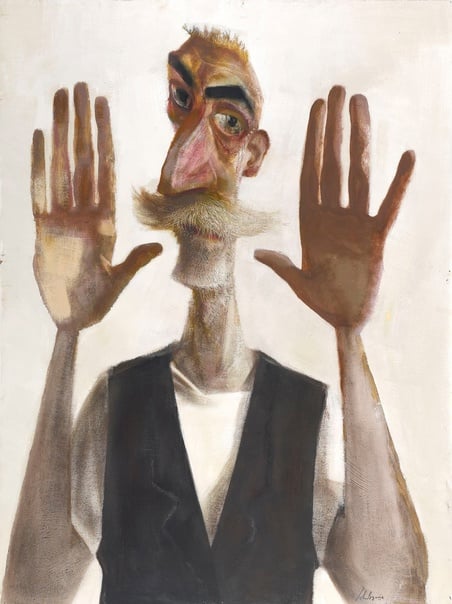Researchers working on the site found the body - which had been buried on a hill - was pressed into the ground by stones laid across its torso. Polish officials added that the child appeared to have been decapitated before it was buried, with the collection of details suggesting superstitious locals had feared the presence of a “demonic entity”.
One year earlier at the same site, they had uncovered the remains of a woman who had a sickle pressed to her torso, another superstitious rite thought to prevent “vampires” from making an unwelcome return. The remains of the vampire child, archaeologists said, were found alongside those of another child who received a “normal” burial dating from the same period. Mr Wira explained: “Both burials are dated from the Early Middle Ages - 13th century. The dead were buried without coffins.”
Archaeologists now plan to carry out a selection of tests on the two skeletons so they can determine how old the two children were when they died. The two, they believe, likely aren’t the only ones present on the site of the bishop’s garden, with others expected to be nearby.



phew!